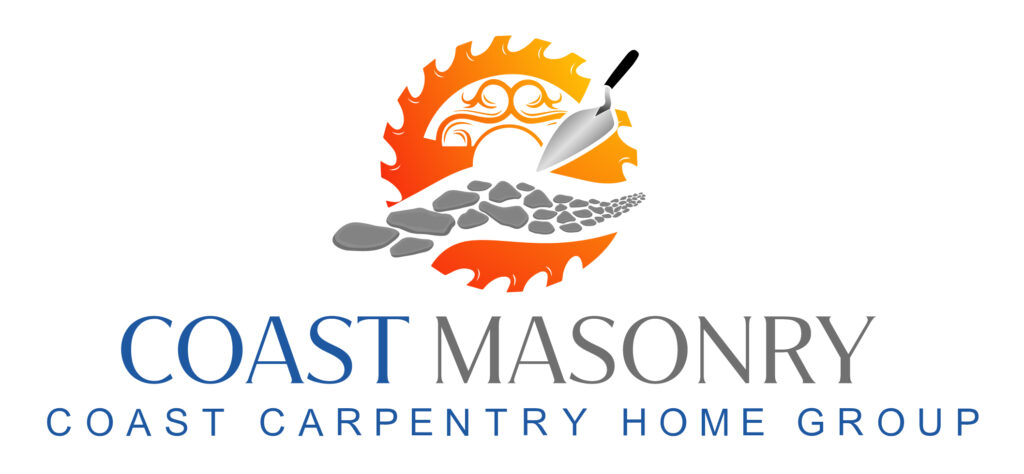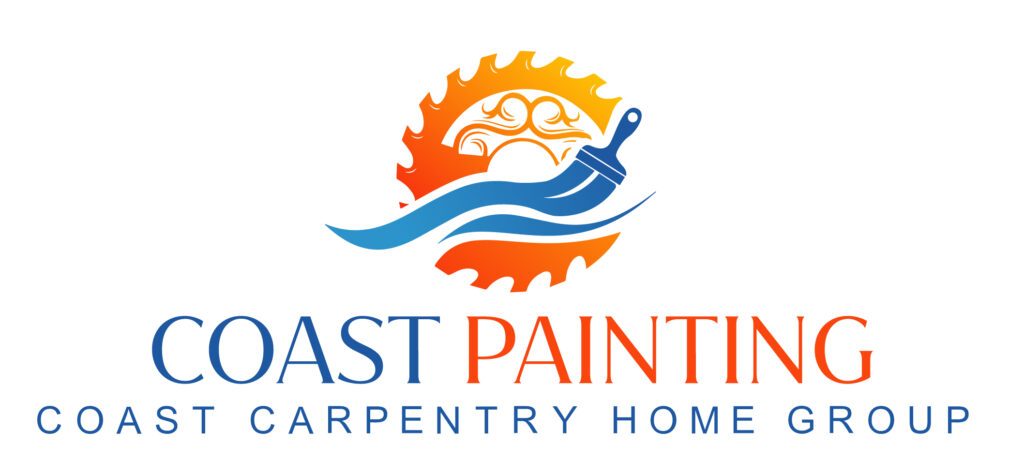Masonry is a timeless choice for building strong and beautiful structures. However, like all building materials, masonry can face various issues over time. Recognizing these problems early can save homeowners time, money, and stress. Regular checks help identify common problems such as cracks, efflorescence, and spalling, which can slowly erode the beauty and strength of stone and brickwork.
It’s essential to understand the causes behind these masonry problems. Often, natural forces such as weather and ground movement contribute significantly to wear and tear. Environmental factors like frost, rain, and rapid temperature changes can lead to serious issues, impacting the stability and appearance of your masonry. Knowing what to look for can make all the difference in preserving these structures.
A proactive approach toward addressing masonry problems can greatly extend the life of your home’s exterior. By investing in preventive measures and solutions designed for longevity, you protect and maintain your property’s value and charm. This guide will walk you through the common masonry issues and the steps needed to tackle them effectively.
Identifying Common Masonry Problems
Understanding the common issues that arise in masonry work helps safeguard your home’s exterior. One frequent problem is cracking, which can occur due to temperature fluctuations, structural movement, or aging mortar. Cracks may appear as small hairlines or large gaps and can lead to more serious structural issues if not addressed.
Efflorescence is another issue to watch for. It appears as a white, powdery substance on the surface of bricks or stone. This occurs when water dissolves salts inside the masonry and brings them to the surface as the moisture evaporates. While not immediately harmful, efflorescence indicates moisture presence, which can cause further decay over time.
Spalling refers to masonry chipping or flaking off, usually caused by water penetration and freeze-thaw cycles. This condition weakens the integrity of bricks or stones, making them susceptible to further damage and, eventually, dislodgment. It’s crucial to spot signs of spalling early on before it compromises structural stability.
Keep an eye out for bulging walls, misaligned bricks, or uneven surfaces, as these can indicate underlying problems. Having a good grasp of these signs will enable you to take timely action, ensuring your masonry remains in top condition and continues to enhance your home’s appearance.
Understanding Causes of Masonry Damage
Various factors contribute to masonry damage, and understanding them aids in proper prevention and repair strategies. Environmental factors play a significant role. Weather conditions like heavy rain, snow, and temperature extremes are primary contributors. These conditions cause the masonry materials to expand and contract, leading to cracking and weakening over time.
Poor drainage is another major cause of damage. Excess water pooling around your home can saturate the foundation and masonry, leading to erosion or foundation shifts. Ensuring proper drainage is vital to prevent such issues and maintain the structural integrity of your home.
One of the most damaging natural events for masonry is the freeze-thaw cycle. During colder months, water trapped inside masonry freezes and expands, causing stress and fractures in the structure. When the ice thaws, the masonry contracts, creating more space for further water infiltration, perpetuating the cycle.
In addition to environmental factors, structural issues such as settling foundations or improper construction techniques can speed up the deterioration process. Recognizing these causes helps homeowners engage with professionals to properly address and mitigate problems, ensuring that their masonry lasts for generations.
Solutions for Addressing Masonry Issues
Tackling masonry problems requires expert techniques to ensure the longevity and safety of your structures. Professionals use several methods to repair common issues like cracks and efflorescence. Cracks are often remedied by repointing, which involves removing old, damaged mortar and replacing it with fresh, strong mortar. This process not only improves the appearance but also strengthens the structure against future wear.
Efflorescence is addressed by first identifying and eliminating the source of moisture. This might involve fixing leaks, improving drainage, or using vapor barriers. Once moisture problems are resolved, professionals typically use solvents or mild cleaners to remove salt deposits from the masonry’s surface.
For spalling, damaged materials need to be replaced with matching new bricks or stones. In severe cases, a more extensive restoration might be necessary to prevent further deterioration. Choosing the right materials is critical, as mismatched materials can expand or contract at different rates, leading to new issues.
Selecting appropriate materials for repairs is vital for long-term solutions. Materials need to match the original masonry in composition and appearance to prevent future damage. Consulting with experts ensures that repairs are effective and seamlessly integrated into the existing structure.
Preventive Measures for Masonry Longevity
Taking preventive actions helps maintain the health and beauty of your masonry work. Regular maintenance, such as annual inspections and cleaning, keeps small problems from becoming larger, more costly ones. Keeping an eye out for early signs of damage and promptly addressing them is crucial.
Applying sealants is a highly effective preventive measure. Sealants protect masonry from water penetration, thus reducing the risk of efflorescence and freeze-thaw damage. Since water is a common culprit in many masonry issues, proper sealing acts as a barrier, enhancing durability.
Good landscaping also plays a role in masonry preservation. Ensure that soil grades slope away from masonry structures to prevent water pooling near foundations. Installing gutters and maintaining them can direct water flow away from walls, mitigating potential problems.
Together, these measures help safeguard your masonry from future damage, extending its life and maintaining its appearance. An ongoing commitment to upkeep will not only preserve the beauty of your home but also protect your investment for years to come.
Conclusion
Masonry offers a durable and attractive option for home construction, but it requires attention and care just like any other aspect of your home. By understanding common masonry issues and their causes, you empower yourself to take the necessary steps to prevent and address these problems. Investing time and resources into proper maintenance and timely repairs ensures that your masonry remains both beautiful and structurally sound.
For tailored solutions and expert guidance, look no further than Coast Carpentry Construction. Our skilled team is equipped to handle all your masonry needs, offering professional services to protect and enhance your property. Contact us today to ensure your masonry in Cape Cod stands the test of time and continues to add charm and value to your home.







